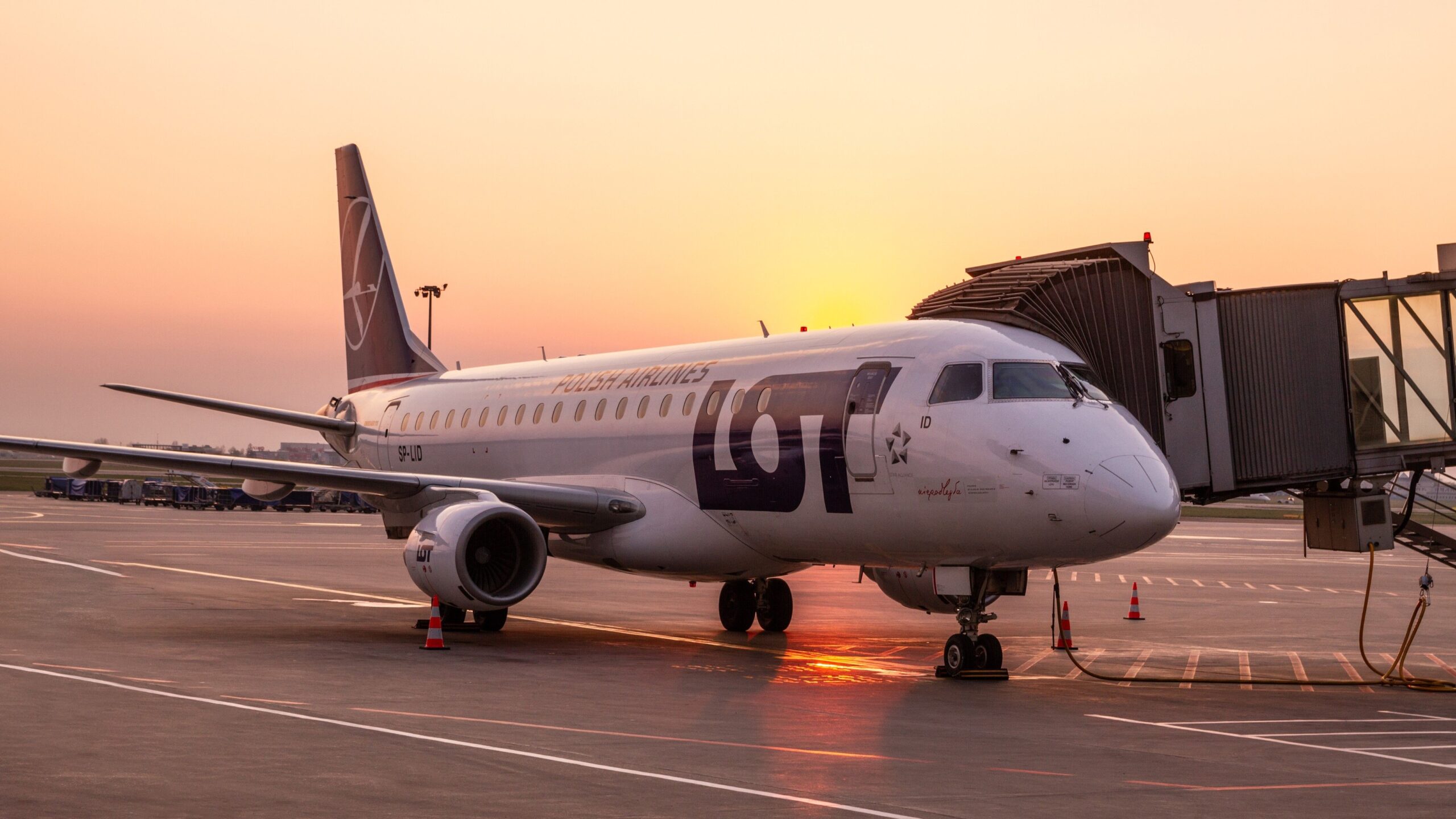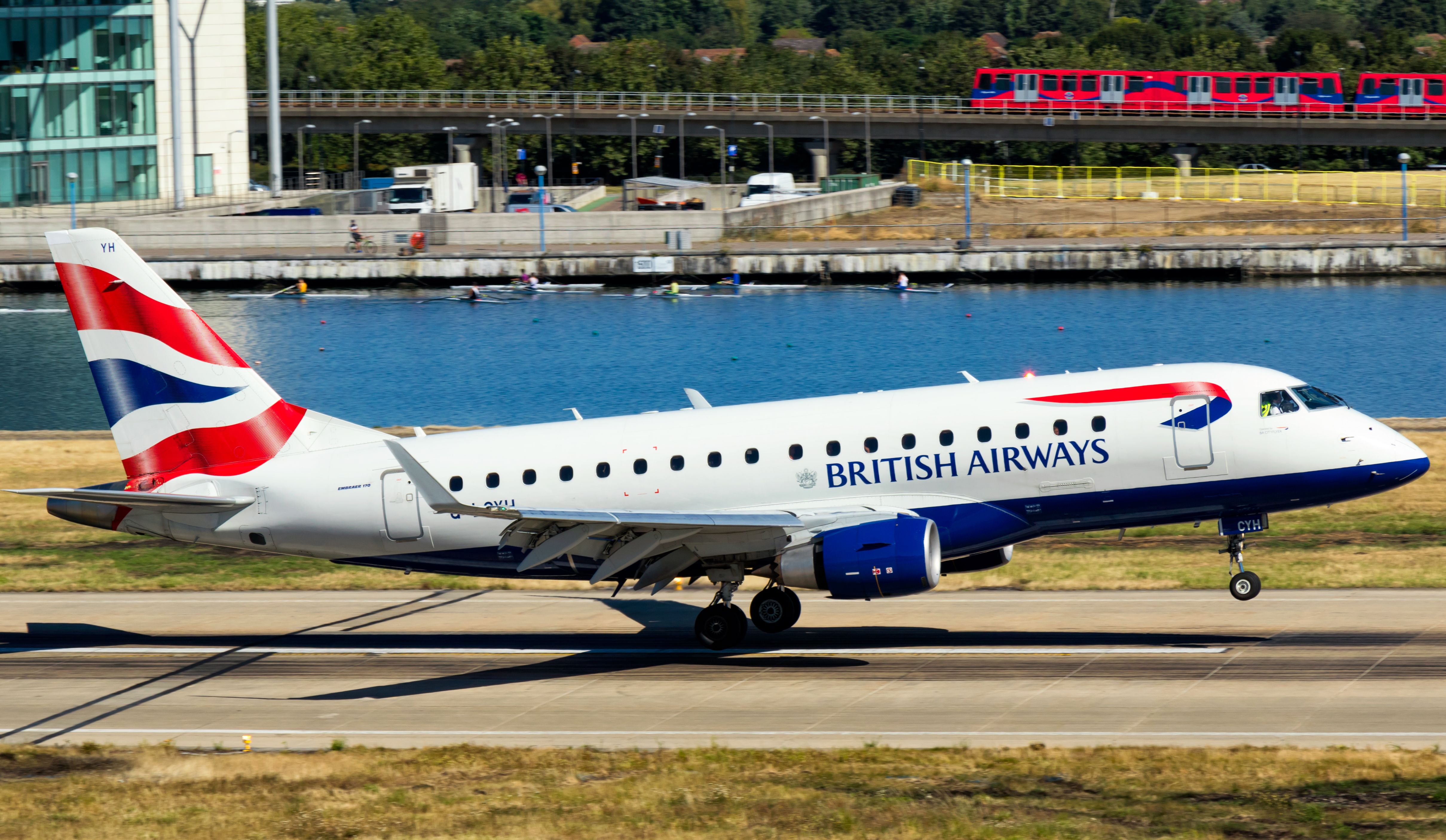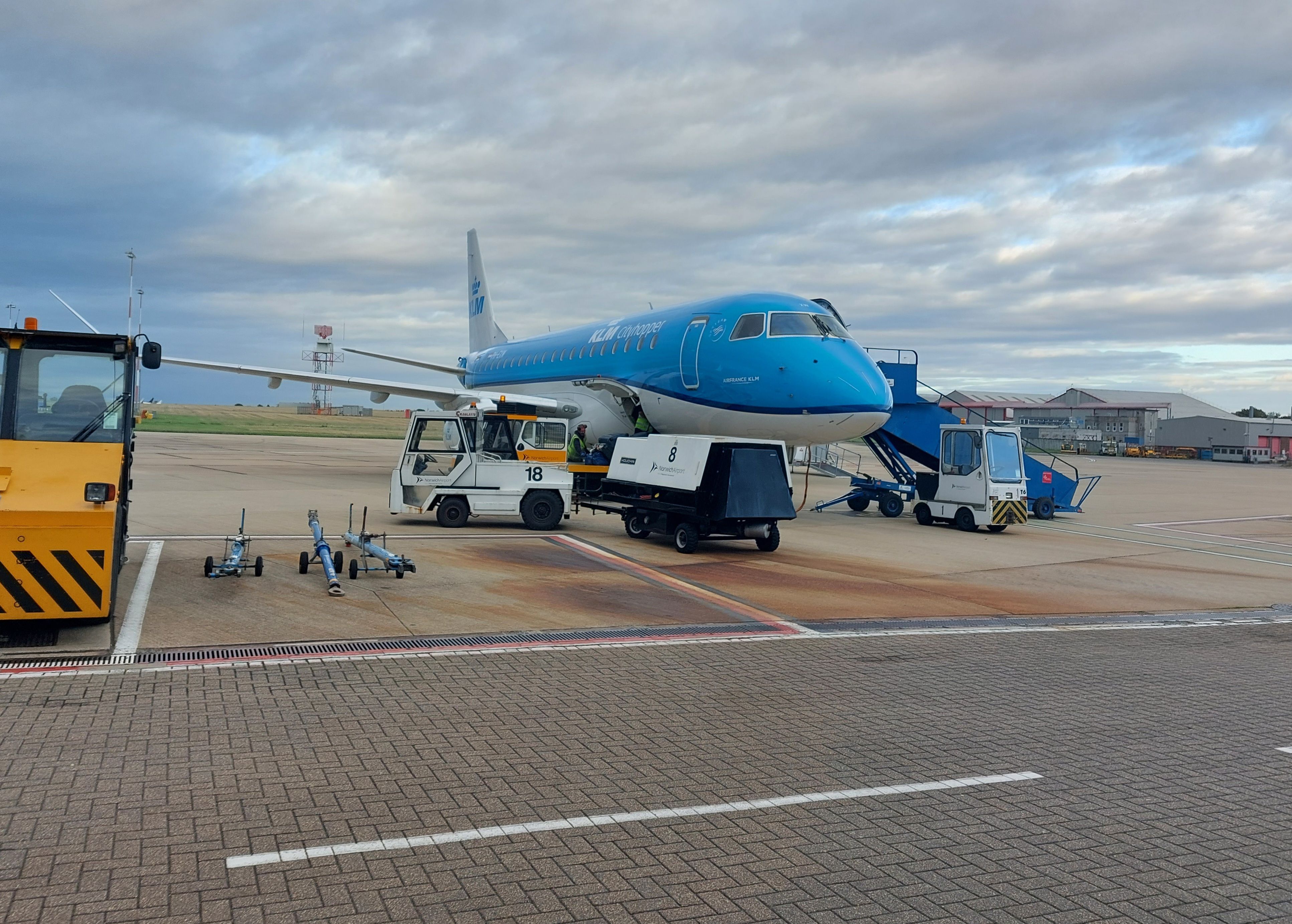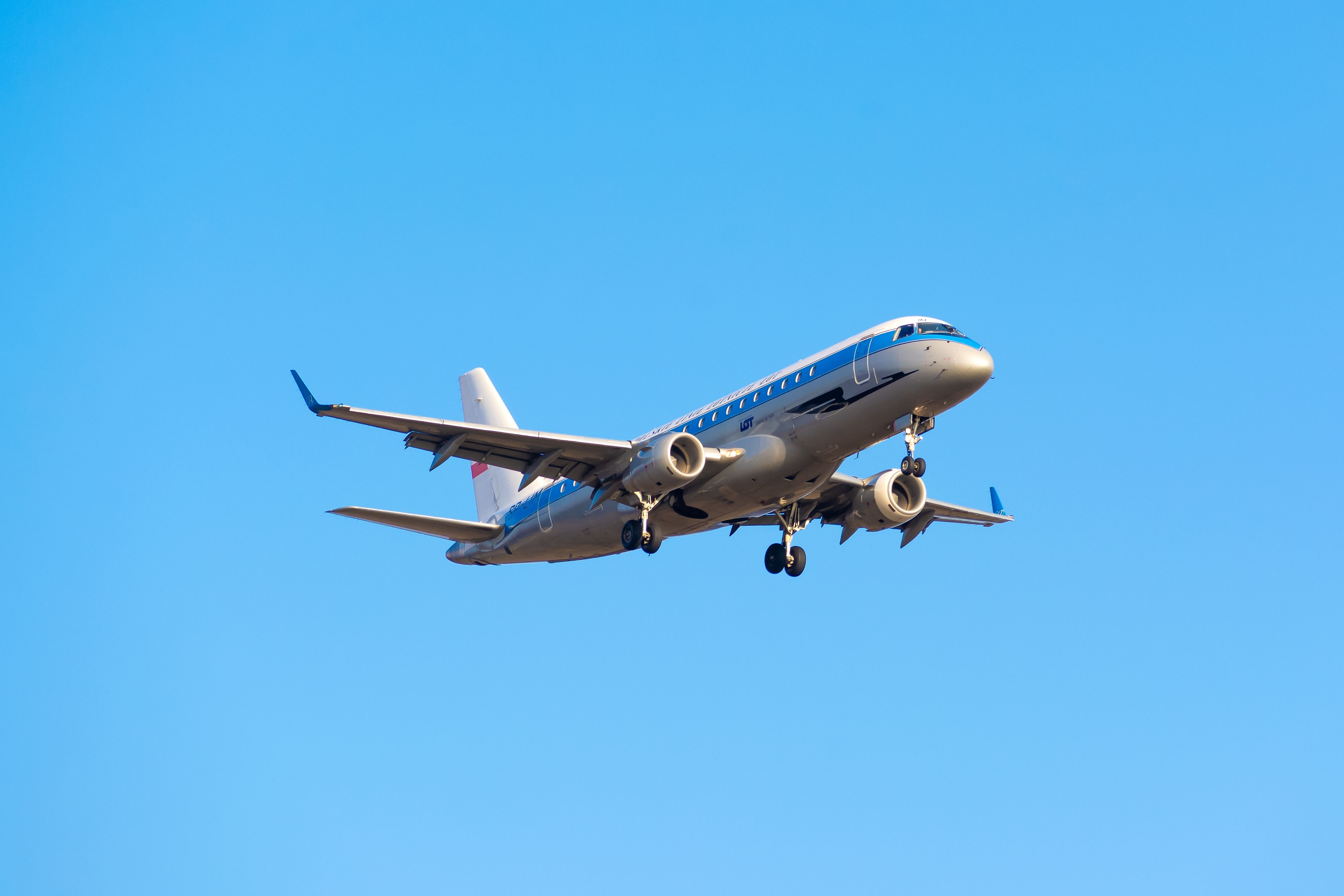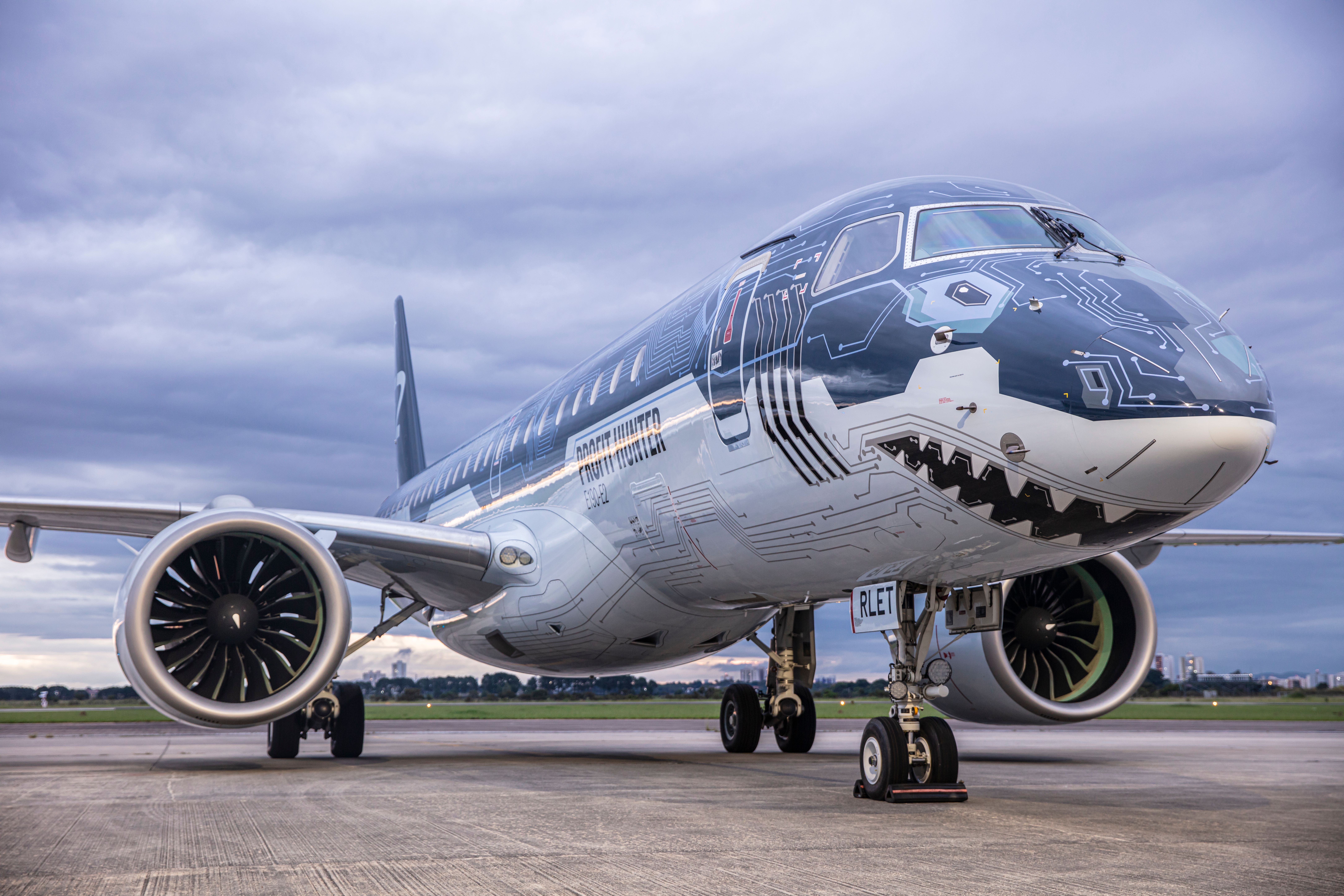Summary
- The E170 is shorter than the E175, accommodating fewer passengers in a typical seating configuration.
- Both models have General Electric CF34-8E engines, cruising at Mach 0.75 and a max speed of Mach 0.82.
- The E175 is more popular commercially, with more deliveries and a larger backlog than the E170.
Since its introduction in 2004, Embraer’s E-Jet family has become a staple of regional flying worldwide. The manufacturer had delivered almost 1,700 E-Jets as of November, including aircraft from the next-generation E2 family that are now rolling off the production line. The smallest E-Jets are the E170 and E175 models, but how exactly do these planes differ? Let’s take a closer look and find out.
Dimensional differences
Let’s commence our analysis by looking at how the Brazilian planemaker’s E170 and E175 variants compare and contrast when it comes to their performance and specs. According to Embraer‘s data, the E170, which was the first variant from the E-Jet family to enter service (with Polish flag carrier and Star Alliance member LOT Polish Airlines in 2004), clocks in at 29.90 meters long, or 98 feet and one inch.
Meanwhile, the 31.67-meter-long (103 feet and 11 inches) Embraer E175 model entered service with Air Canada in 2005. This slight stretch allows the E175 to carry a handful more passengers than its earlier and smaller counterpart. Indeed, a typical two-class seating configuration on the E170 will accommodate 66 passengers, compared to 76 on the larger E175. Neither model has overwing exits.
When it comes to one-class configurations onboard the two aircraft, the E170 typically has between 72 and 78 economy class seats. Meanwhile, on account of its extra length, the E175 can accommodate between 78 and 88 economy class seats. While their lengths may differ, the standard-range models share the same 26.01-meter (84 feet and four inches) wingspan.
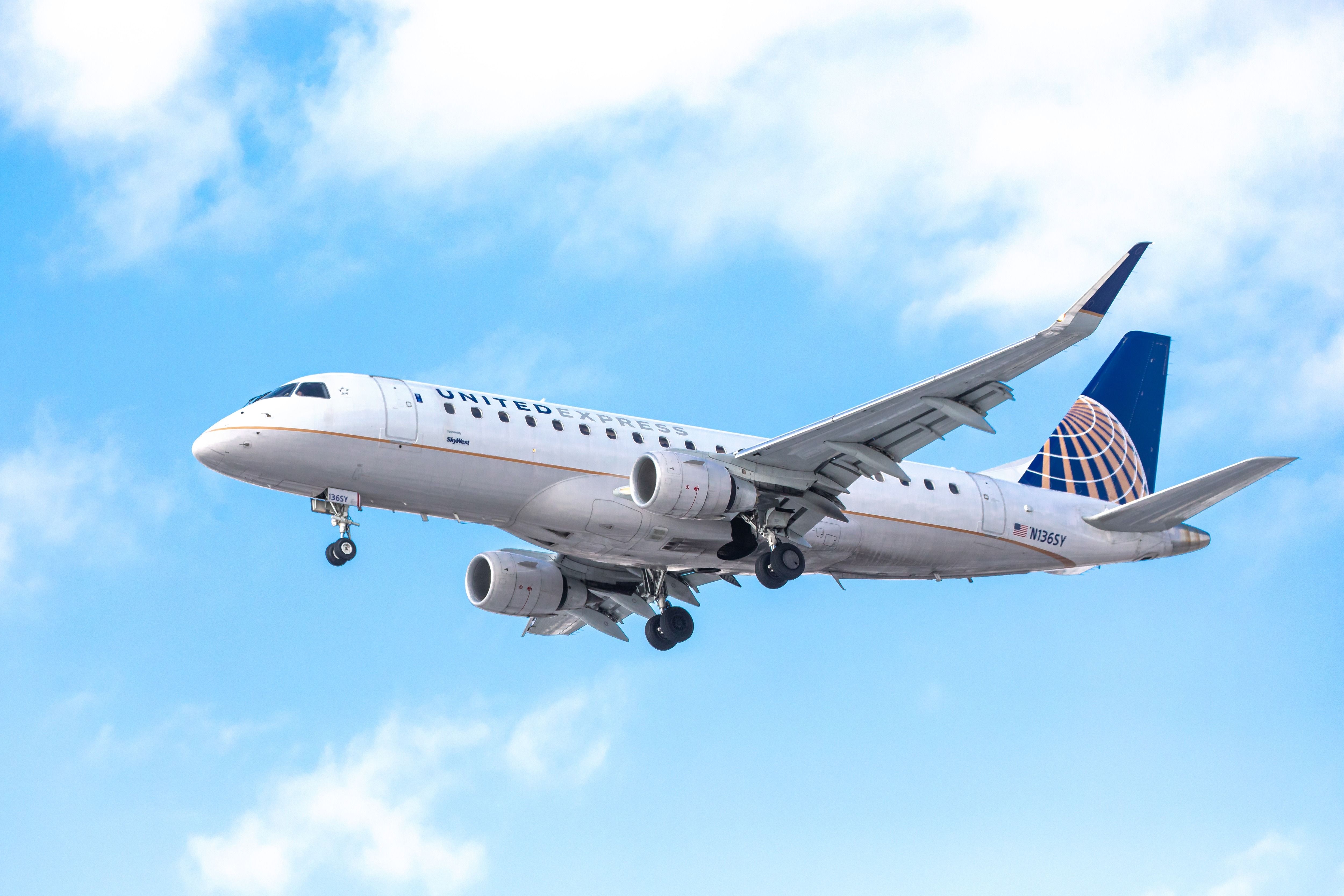
Related
United Launches Transborder Embraer E175 Flights From San Francisco To Monterrey
Monterrey becomes United’s fifth Mexican destination out of San Francisco.
As pictured above, there is little to visually distinguish between the E170 (pictured flying for United Express) and the E175 (pictured flying for American Eagle). Still, in terms of height, the 9.86-meter-tall (32 feet and four inches) E175 beats the 9.83-meter-tall (32 feet and three inches) E170 by a narrow margin. Having established the nature of the jets in terms of size, let’s now examine their performance.
Performance statistics
Both the Embraer E170 and the slightly larger E175 models are powered by General Electric’s CF34-8E engines. These turbofans, which each produce 14,200 lbf (63 kN) of thrust, can also be found on the Bombardier CRJ family of regional jets, as well as China’s COMAC ARJ21. As such, they are well suited to the sort of work that Embraer E-Jets face every day, operating large numbers of short flights.
These engines work in tandem to enable both the E170 and E175 to cruise at a speed of Mach 0.75 (430 knots / 797 km/h). They also provide both models with a maximum speed of Mach 0.82 (470 knots / 871 km/h). The designs share a service ceiling of 41,000 feet, although they will often not get anywhere near that high on some of the shorter flights that make up their day-to-day work at some carriers.
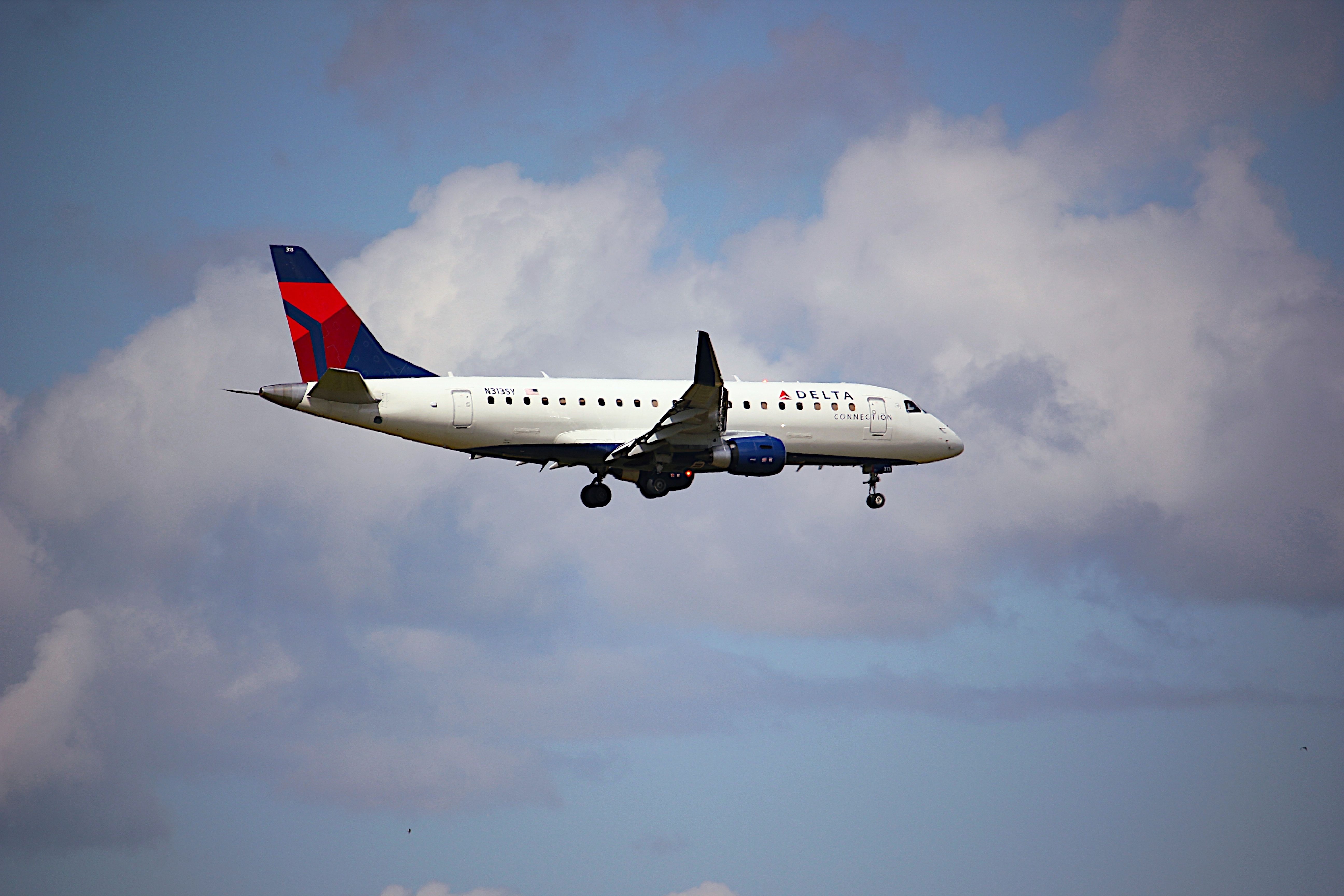
Related
Delta Air Lines Schedules New Embraer E175 Service From Austin To Harlingen
The flights will result in more than 150 daily roundtrip seats.
Photo: London City Airport
When it comes to range, there is little to separate the E170 and E175. The latter, larger design just has the edge, and can fly for up to 2,200nmi (4,074 km). However, the smaller E170 pushes it very close, with a range of 2,150nmi (3,982 km). As such, the primary difference between the two remains their capacities. But how have these various factors pertaining to performance impacted how they’ve sold?
Contrasting orders, deliveries and usage rates worldwide
In our analysis so far, we have succeeded in establishing that there is relatively little to separate the Embraer E170 and E175 models when it comes to factors such as their dimensions and performance. However, there is certainly a much larger gap between the pairs when it comes to how well each of these twin-engine regional jet designs has performed in a commercial sense, with contrasting sales fortunes.
Photo: Jake Hardiman | Simple Flying
Indeed, as of the first quarter of 2024, Embraer‘s data showed that it had delivered just 191 E170s, with no outstanding orders. Meanwhile, the E175 remains the most popular variant in the entire E-Jet family, with 756 examples having already been delivered. Furthermore, the Brazilian manufacturer still has a backlog of 187 firm orders for the E175 model, so production will continue for some time.
Interestingly enough, this contrast in terms of the two different variants’ commercial success levels has also shaped the next-generation E-Jet E2 family. Indeed, the low-selling E170 is the only variant that won’t be modernized in the form of an E2 model. That being said, the E175-E2’s entry into service is still a way off as it stands, as the type is struggling for US orders, and its development has been paused.
Photo: kbp.spotter | Shutterstock
On an operational level, the two variants’ contrasting sales levels are also reflected in current scheduling data from Cirium, an aviation analytics company. Indeed, while the site shows that 708,121 flights are scheduled with the Embraer E175 this year (offering 54,051,010 seats and 27,818,218,212 ASMs), the E170 has just 274,580 sectors lined up. American Airlines is the top operator for each type, with:
- E170 – 75,559 flights operated by its regional partners under the American Eagle brand.
- E175 – 395,925 flights operated by its regional partners under the American Eagle brand.
Have you flown on any aircraft from Embraer’s E-Jet family? Which is your favorite model? Let us know your thoughts and experiences in the comments!

